YSEALI Adventures
A Tale of Two Rivers: Comparing the Mogpog and Clark Fork in Environmental Remediation
19 March 2023
by Bryan Yong
19 March 2023
by Bryan Yong
Ronnel Nolos had a high school classmate who crossed the Mogpog River to school every day. Then his friend died of cancer due to heavy metal contamination in the river that entered his body through his feet. The Mogpog River in the Marinduque island province of the Philippines was contaminated with mine tailings from the infamous 1996 Marcopper mining disaster. Almost 20 years later, the Island of Love is still recovering from the tragedy of the worst mining disaster in Philippine history. The incident changed Ronnel’s life.
“People are not aware of the contamination because it’s invisible and affecting the environment without knowing that it’s there.” Says Ronnel, who now advocates strongly for legacy and emerging contaminants from mining in Marinduque province.
(Feature Photo: Bryan Yong)
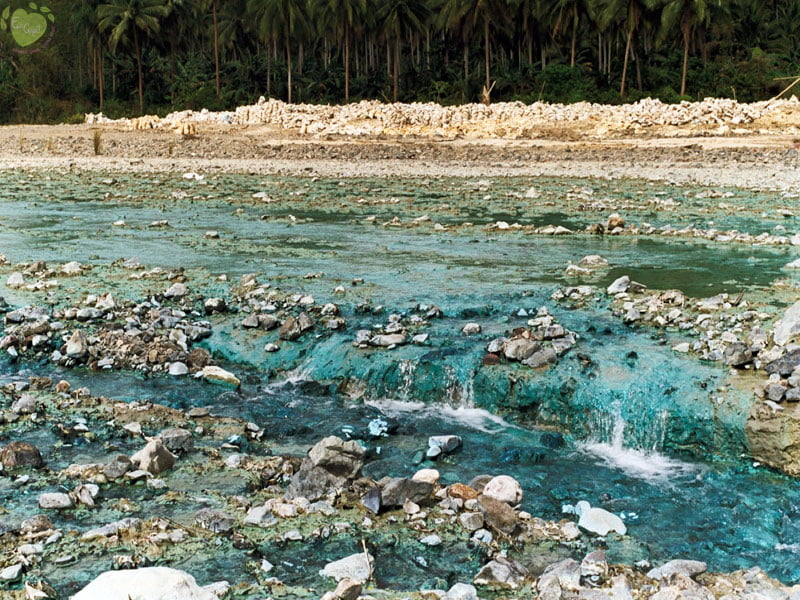
Beautiful but deadly contamination in the Mogpog river. (Ronnel Nolos)
Ronnel now is a post-graduate student specialising in environmental chemistry and toxicology at the University of the Philippines. He explains that legacy contaminants are contaminants which were known many years ago to cause harm to the environment and to human health whereas emerging contaminants are contaminants whose risks are not quite well-studied but may equally be harmful.
“Although they’re aware of the mining disaster, which happened in the 1990s, the effects that it poses to the environment still remain, of which they lack awareness,” says Ronnel.
Contaminants are still lingering today in the Marinduque environment, particularly in Boac and Mogpog Rivers. This is just like the case of the Clark Fork River in Montana, USA. The Clark Fork River is contaminated with mine tailings from the Butte Mining Company. But instead of lying in wait like Marinduque, communities and the government in Montana remediated and restored some parts of the river to resolve the contamination.
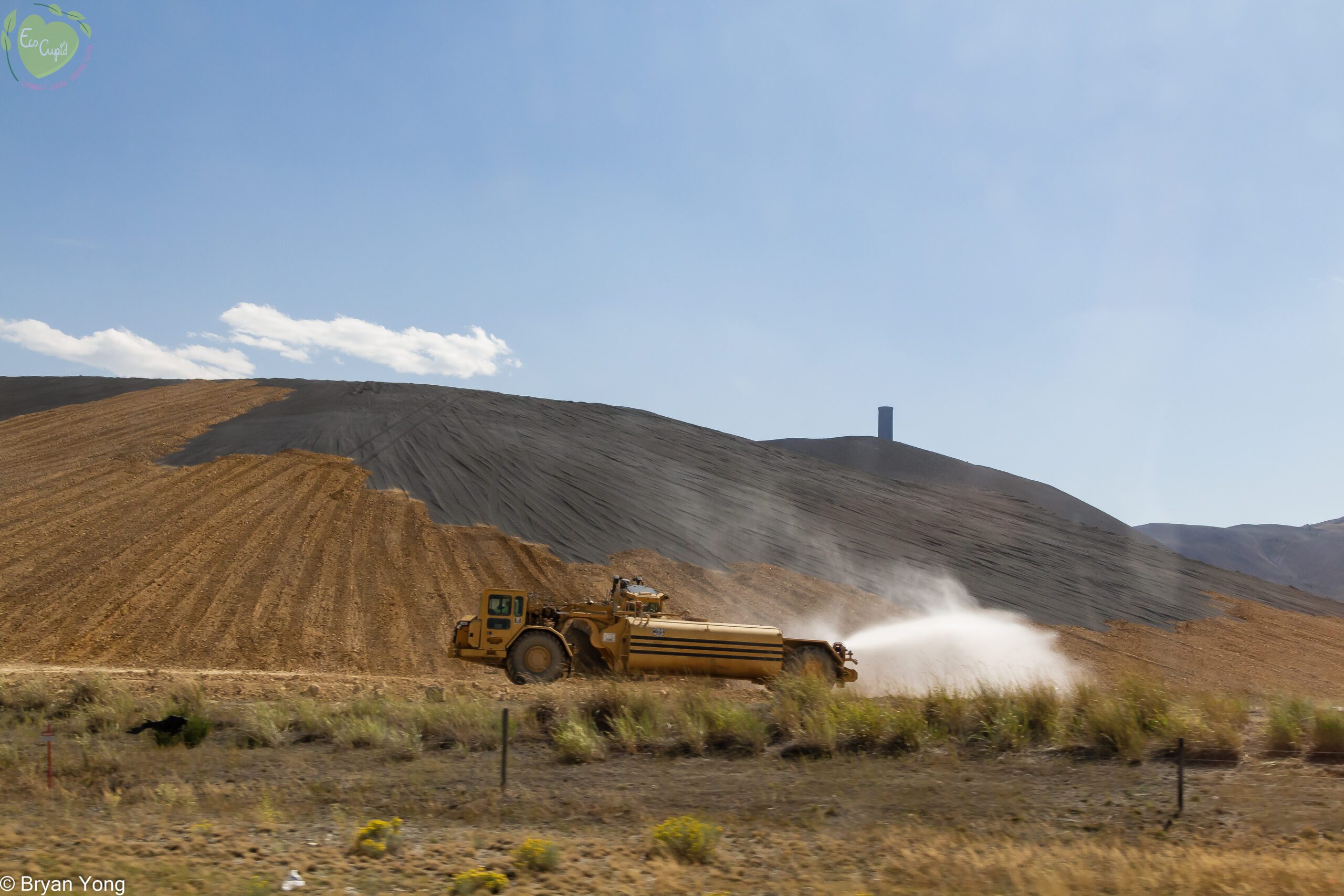
Mountains of mine tailings deposited In Butte, Montana, are still actively growing in size. The mine tailings come from remediation sites of former mining smelters and mining pits owned by the Butte Mining Company. They have been chemically treated to render them as harmless to human health as possible. (Bryan Yong)
Like the rest of the YSEALI Fall 2022 Academic Fellowship on Environmental Issues cohort, Ronnel went on many field trips and discussed how contaminated the Clark Fork River was. And yet he felt assured to swim in it. It’s a relief for him to know that the river was no longer contaminated after several decades of rigorous clean-up remediation efforts.
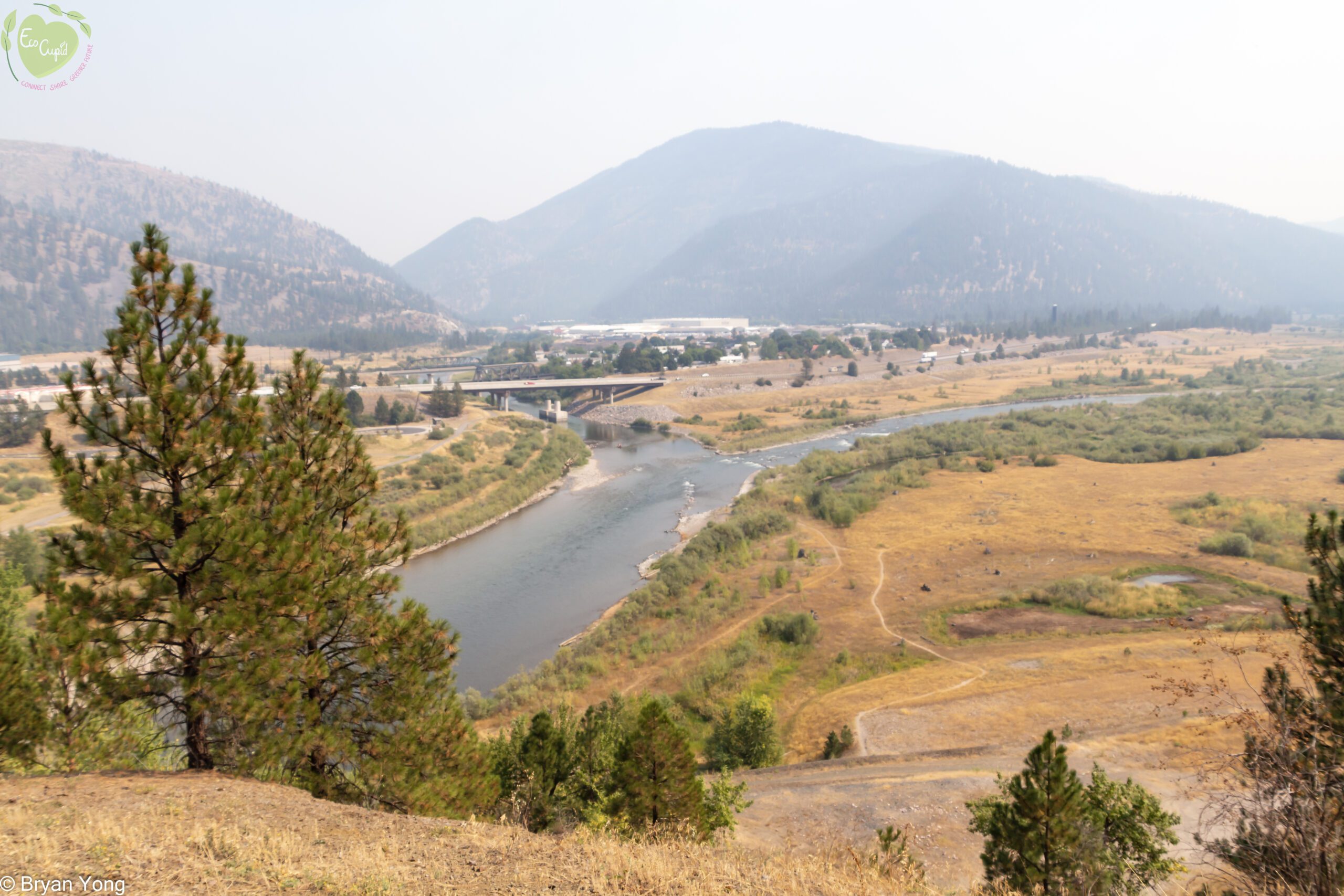
The contaminated Clark Fork River that flows through Milltown State Park now has its floodplain and thriving riparian ecosystem back as it was a century ago, thanks to decades of remediation and restoration by the local community. (Bryan Yong)
Reflecting on the success of remediation and restoration in Montana, one thing that really instilled in his mind during his YSEALI fellowship is the collaborative efforts made between the community and the government. For example, the Old Works Golf Course in Anaconda, Montana, was first remediated and restored from an old copper smelting site, before it was redeveloped into a golf course.
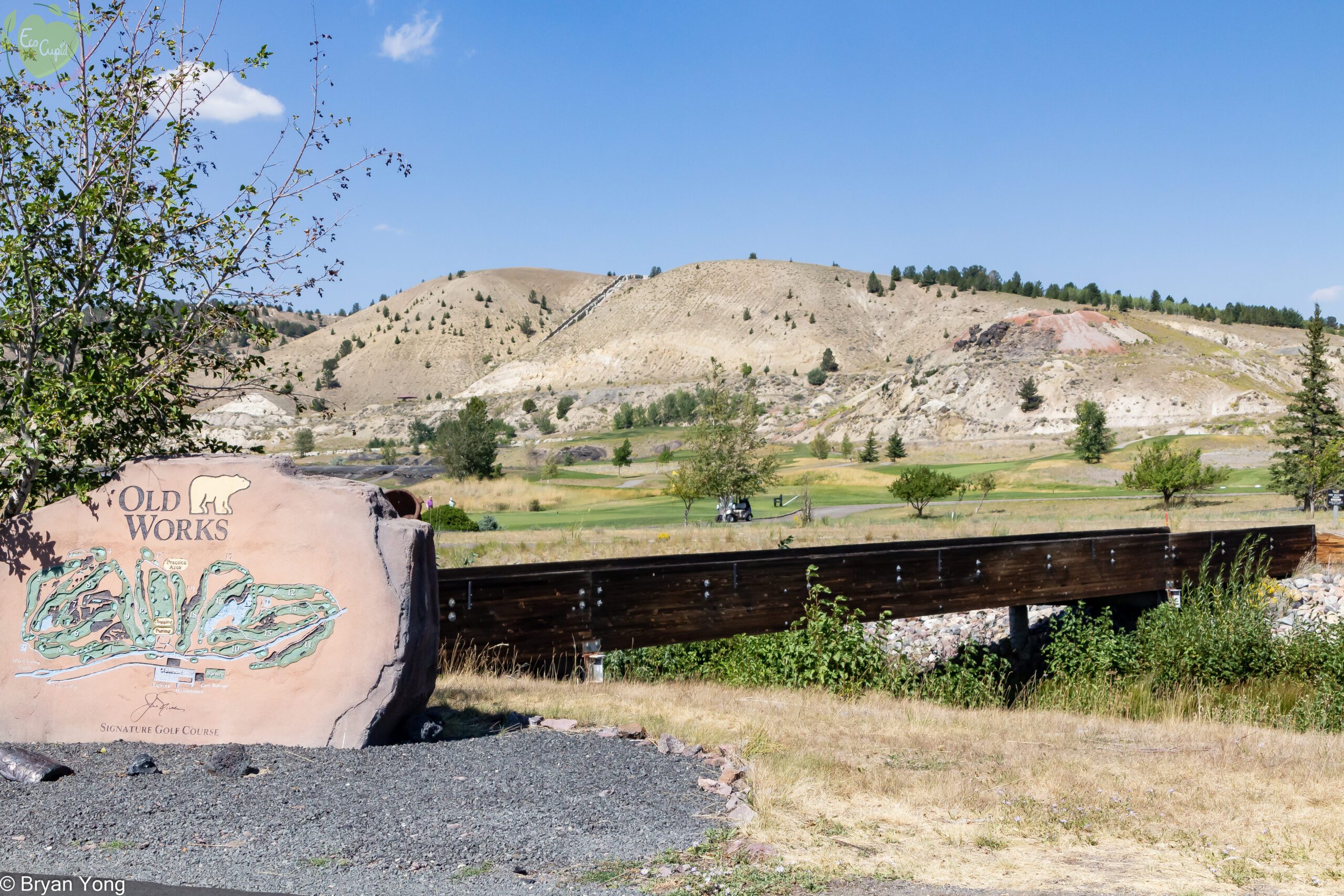
Once a copper smelting site, Old Works Golf Course is the pride of Anaconda’s rich mining history and ambitious remediation heroics. The copper smelting remnants are completely safe to touch and add taste to the already exquisite landscape design. (Bryan Yong)
I was particularly moved by the Fresh Food Box program, which provides seniors with a monthly delivery of fresh produce at below market value. The Food Bank also delivers up to 400 boxes of fresh food per month, and the cost of the program is partially subsidised by tax reductions for food donations.
Unfortunately, it’s one of the things lacking in Southeast Asia. Ronnel laments it’s not a similar case in the Philippines as well as in Southeast Asia. Many non-government organisations (NGOs) advocate for rehabilitating the environment but it’s the support from the government that’s still lacking.
In the Philippines, the implementation of the Philippine Environmental Impact Statement System or PEISS, is still sub-par. As a result, under-the-table agreements which allow for environmental neglect remain rampant. But Ronnel is still hopeful that drastic reforms in his country’s mining policy, particularly on rehabilitation of mined-out areas, are attainable one day.
In Marinduque province at least, there are actually some efforts to propose projects to remediate and restore some parts of the Mogpog River. Ronnel himself proposed his social media project, ToxiCon, during his YSEALI fellowship, to raise awareness for the people who live in areas exposed to contamination. Ronnel believes that information, education, and communication (IEC) activities are important to inform the public so that they are empowered to mitigate the health and ecological risks of heavy metal contamination.

Ronnel takes part in an awareness workshop for the health risks of environmental contamination to locals. (Ronnel Nolos)
“Since we are in the digital era, we are better to use social media we have in disseminating information about these things.”, says Ronnel when asked to describe the operations of ToxiCon.
When Ronnel and the YSEALI fellowship cohort were overlooking the top of the Berkeley Pit, he realises how humans are very powerful and dominant and that they can change the landscape and the environment on a whim.
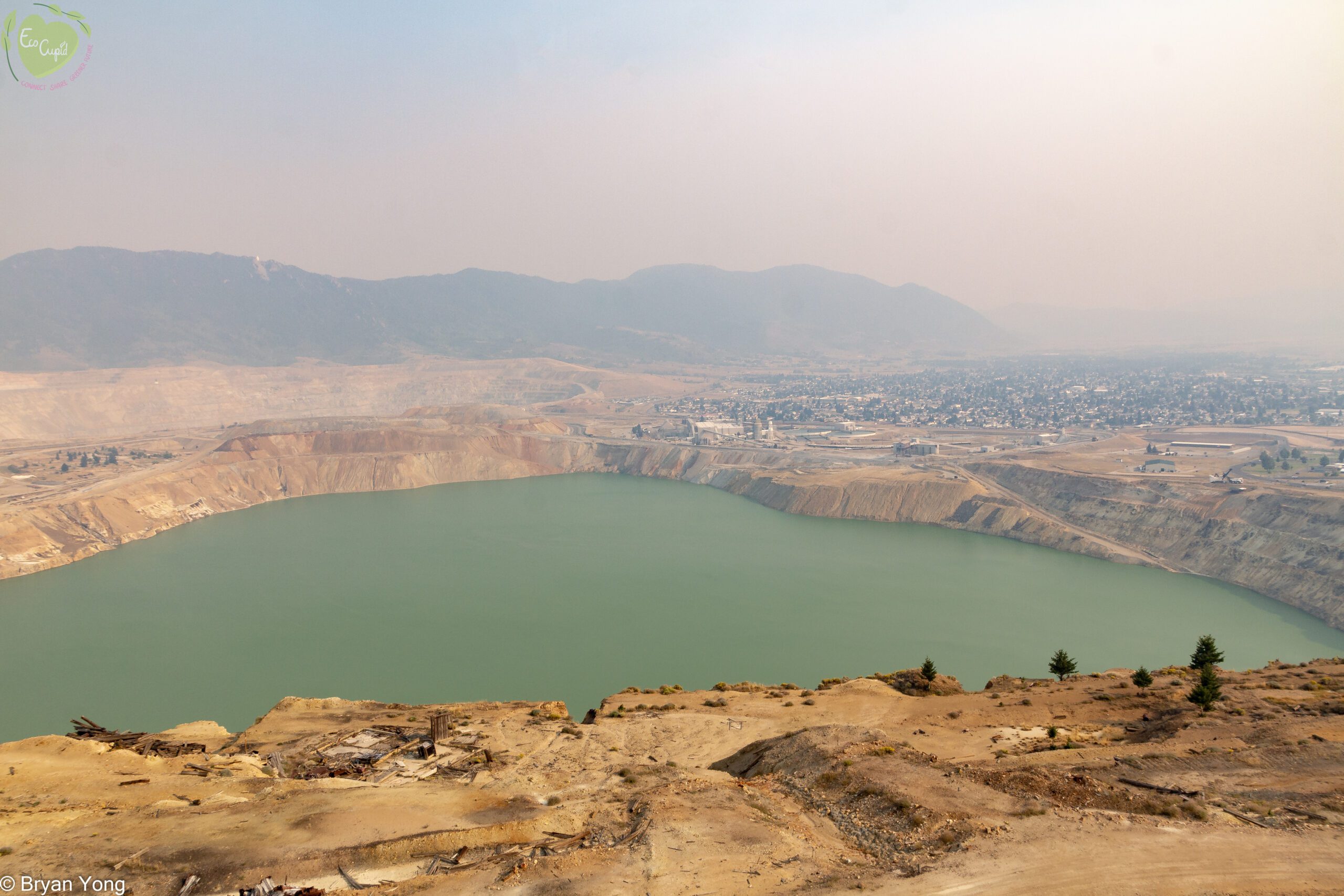
The Berkeley Pit in Butte, Montana, is the final unrestored section of the mining site. As long as active mines continue to add water, and the contaminated pit walls remain uncovered during rain and snowfall, the pit will never be contaminant-free. We might not see the remediation complete within our lifetime. Fortunately, the chance of it spilling out due to overflow is slim. (Bryan Yong)
“If we can do these things, like how we can excavate the environment for the resources, then why is it very hard for us to compensate for everything that we did to the environment?”, questions Ronnel as he ponders the timidness of humans not taking responsibility to remediate and restore areas that were over-exploited.

Bryan Yong is a freelance environmental journalist and chief editor for EcoCupid. With a background in oceanography and experience volunteering with youth environmental NGOs in Malaysia, he brings curiosity and enthusiasm to discover Southeast Asia’s environmental movement through his stories. Bryan is an avid traveller and loves local food the most.